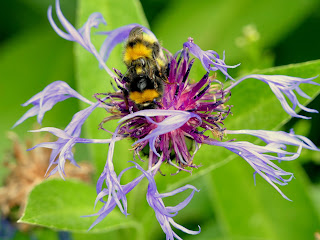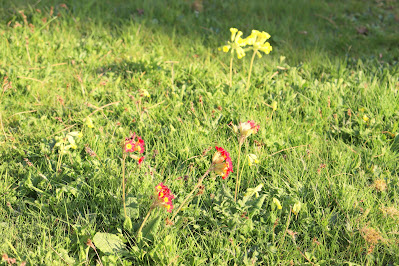Potter wasps are diverse in nest building. The different species may either use existing cavities (such as beetle tunnels in wood, abandoned nests of other Hymenoptera, or even man-made holes like old nail holes and screw shafts on electronic devices) that they modify in several degrees, or they construct their own either underground or exposed nests. The nest may have one or several individual brood cells. The most widely used building material is mud made of a mixture of soil and regurgitated water, but many species instead use chewed plant material.
The name "potter wasp" derives from the shape of the mud nests built by species of Eumenes and similar genera. It is believed that Native Americans based their pottery designs upon the form of local potter wasp nests.[2] The female wasp scrapes up mud or dirt with her mandibles and front legs, combining it with water and saliva to form a mud ball she transports back to adds to her nest under construction. Ref: https://en.wikipedia.org/wiki/Potter_wasp
A Leafcutter bee, a Megachile sp. possibly, although a bit early for this species. Ref: https://bwars.com/index.php/bee/megachilidae/megachile-willughbiella






























